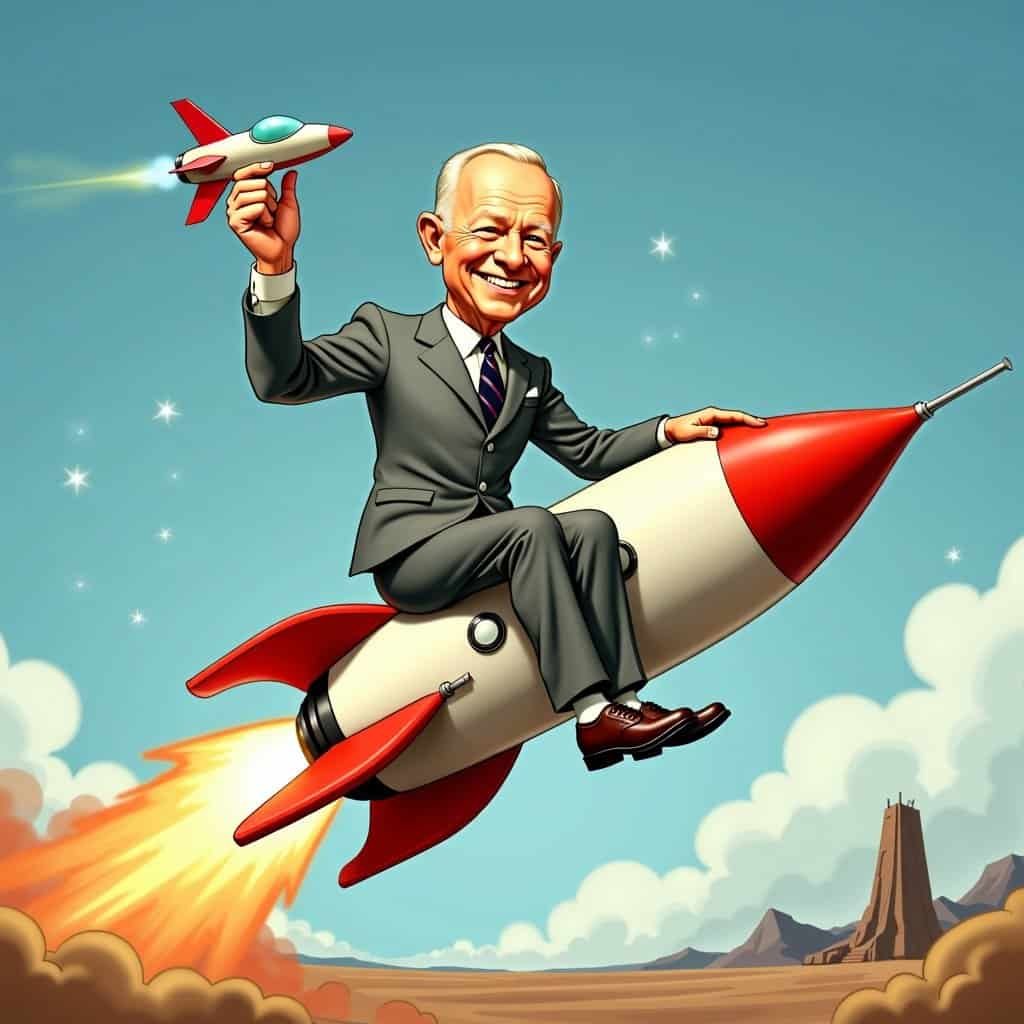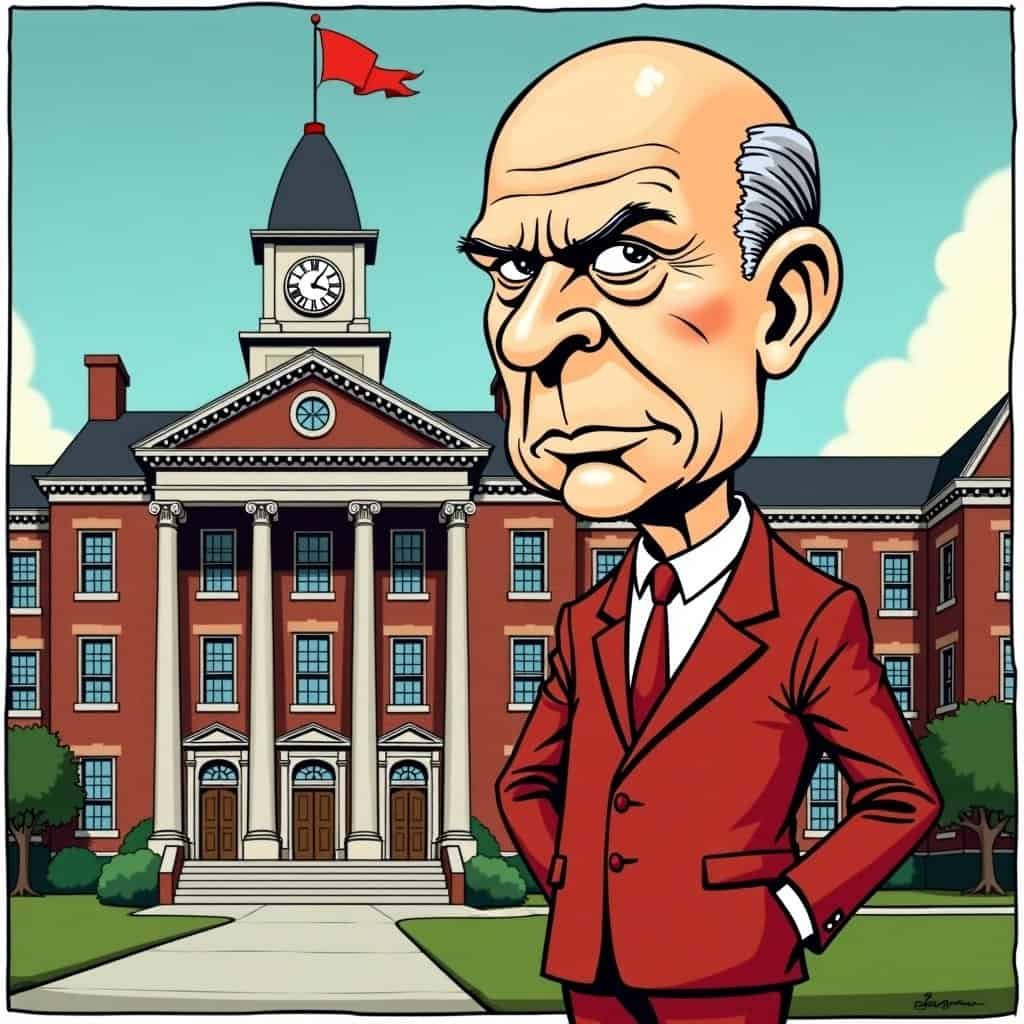When you think about space exploration, you probably picture rockets blasting off into the unknown. But let’s rewind to the 1950s, when Dwight D. Eisenhower was more interested in Earth than Mars. You might not expect Ike to be the one to kick off the space age, but here we are, thanks to a blend of patience, common sense, and a dash of cosmic irony.
Eisenhower, better known for his military skills than his interest in the stars, tackled the space race with the same cool head he probably used on the golf course. Back then, they might have trusted men in suits more than those in lab coats! But Ike was just the right guy to nudge America into the space race—not at breakneck speed, but with good old-fashioned American caution.
To Infinity and Beyond: Eisenhower’s Way
Believing that the government should mostly keep its nose out of things, Eisenhower probably saw NASA as a rare exception to his conservative playbook. Don’t get it twisted, though—Ike wasn’t about to let big government run wild. He kept a tight grip on NASA’s wallet and goals, making sure that even as we reached for the stars, we didn’t blow the budget.
What about the other side? The dreamers imagining stars (and maybe dollar signs) aligning with a sprinkle of government magic? Well, Eisenhower’s approach was all about balance. While some policies might feel like tossing money into a black hole, Ike preferred a slow burn…think birthday candle, not rocket engine gone haywire!
A Sputnik Wake-Up Call
In a funny twist, it was the Soviet Union’s Sputnik launch that really got things going. Picture Americans looking up, seeing a twinkling light in the night sky. Not a star, not a plane, but the dawn of space exploration winking down at us, courtesy of the USSR—talk about lighting a fire under Uncle Sam!
For conservatives like Eisenhower, NASA wasn’t just about space. It was about planting the stars and stripes where no flag had waved before—without going nuts with spending or letting the feds get too big for their britches.
NASA’s Birth: A Timeline
- October 4, 1957: Sputnik 1 launched by USSR
- November 7, 1957: Eisenhower creates the President’s Science Advisory Committee
- January 31, 1958: Explorer 1, first U.S. satellite, launched
- July 29, 1958: Eisenhower signs the National Aeronautics and Space Act
- October 1, 1958: NASA officially begins operations
The Inevitable Space Oddity
Ike, practical as ever, probably spent more time figuring out which government office could handle this new venture than wondering how to chat with Martians. You can almost hear the talks about where to build launch pads sounding eerily like debates about highway construction—imagine small-government fans suddenly directing rocket science! NASA officially came to life on July 29, 1958. Eisenhower signed the act, not with a grand flourish, but with a simple pen stroke. He decided to use scientific smarts as a strategic tool rather than a flashy toy.
In his steady way, it wasn’t about grabbing headlines or throwing money around. For Ike, this space adventure actually lined up with familiar conservative ideas, like staying ahead of the game and encouraging individual smarts. And while science had its budget limits, NASA’s perks definitely outweighed the costs in terms of discovery and showing off America’s skills to the world.
To wrap up this stellar story, we see that Eisenhower, maybe with a little smirk, jumped right in without messing up his suit. He sailed through the cosmic seas with the kind of careful spending only a sensible leader could pull off. Creating NASA showed the world what America could do without straying from conservative principles. Sometimes, keeping your feet on the ground while reaching for the stars takes an Eisenhower-style leap of faith.






